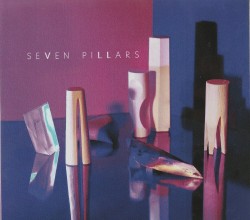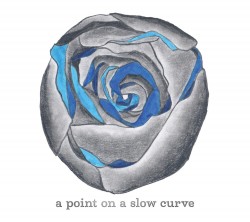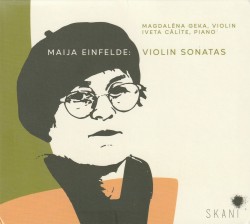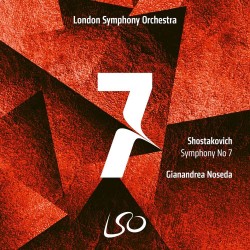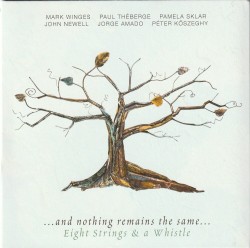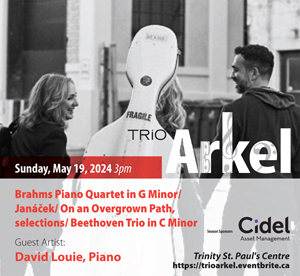Melia Watras: String Masks - Various Artists
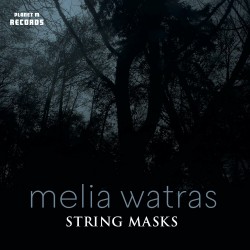 Melia Watras – String Masks
Melia Watras – String Masks
Various Artists
Planet M Records PMR003 (planetmrecords.com)
American composer and virtuoso violist Melia Watras’ latest album String Masks primarily features her sensitive playing and several string instrument-centred compositions – with a brief detour to a delicate unaccompanied song with Icelandic lyrics. The dramatic exception is the 23-minute title track which also includes singers, actors and instruments invented by the iconoclastic American composer and music theorist Harry Partch (1901-1974), by far the longest and most complex work here.
String Masks opens with Watras’ Kreutzer for string trio, explicitly eliciting Beethoven’s well-known sonata for violin and piano of the same name, as well as borrowing from Janáĉek’s String Quartet No.1. Michael Jinsoo Lim (violin), Watras (viola) and Sæunn Thorsteinsdóttir (cello) perform the four-movement score with restrained eloquence and passion.
Watras has been captivated by the Partch Instrumentarium ever since they arrived at University of Washington, where Watras serves as professor of viola. She includes three of them in String Masks, the narrative-based work in which she echoes Partch’s manner of using his microtonal instruments to reflect the cadences and phrases of human speech, and to set an idiosyncratic mood. She effectively uses Partch’s Harmonic Canon (44-string zither with microtonal tunings), Bass Marimba (with organ-pipe resonators) and Cloud-Chamber Bowls (14 large hung glass carboys) in addition to violin, viola and voices.
The composer writes that the “otherworldly sounds of Partch’s inventions” are used to set the aural stage for a “fantastical vision of an underworld inhabited by string-playing legend[ary musician]s from the past. Read by three actors, each is evoked in the text, the narrative forming the metaphoric backbone of the aptly titled String Masks.


